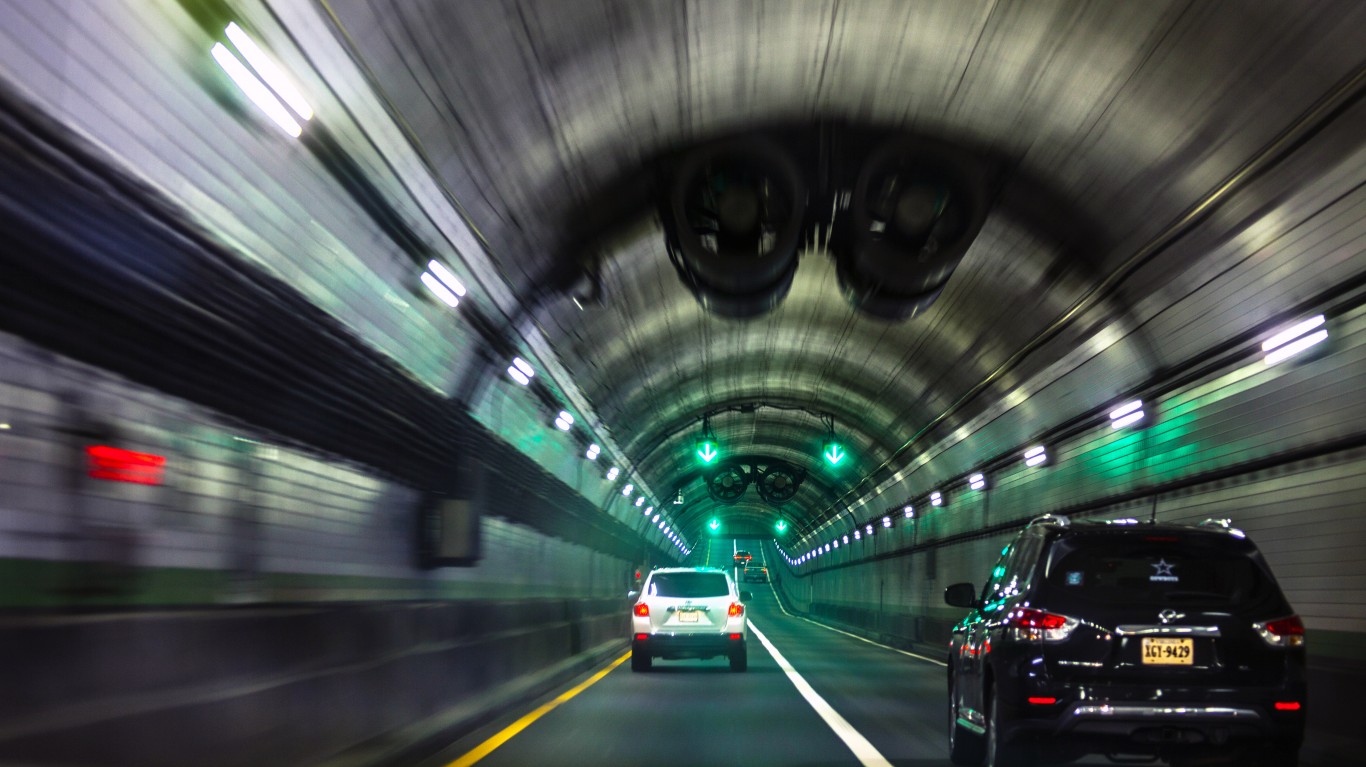 By Robert Herbst
By Robert Herbst
One of the most frequent questions I get asked during interviews is:
“Why is the airline industry doing so poorly?”
There can be a long list of answers to that question depending on if you are the passenger buying a ticket or the employee working for an airline.
The question actually has an easy answer. Contrary to what politicians frequently attempt to suggest, airfares on average, are simply too low to cover the ever increasing and required costs for safe air travel.
In 1990, the average passenger cost to fly one mile in the United States was 13.4 cents. Twenty years later, the cost was only 12.7 cents per mile. During the last two decades, the average US domestic airline passenger fare measured on a per mile cost basis stayed in a range of 12.0 cents to 14.6 cents.
Note: This is revenue to the airlines and does not include government taxes, fees, security charges etc. that are now approaching 30% per passenger fare.
Comparing 2009 with 1990, the cost of air travel decreased by 9.9% while the Consumer Price Index for inflation increased by 64.1% (cost for air travel excludes government taxes and fees).
If airline passenger travel costs had kept up with CPI inflation over the last 20 years, the average fare to fly one mile in 2009 would have been 22 cents per mile, a 59% increase over the actual cost.
Here are a few staggering statistics for the US airline industry:
* In 1990 there were 460 million passengers. In 2009 there were 704 million passengers.
* In 1990 there were 546 thousand airline employees. In 2009 there were 536 thousand airline employees.
* The US airline industry has lost money in 12 of the last 20 years and accumulated a net loss of approximately $29 billion (excludes airline bankruptcy and reorganization write-downs).
* The price of jet fuel for 2009 was at a four year low and still 240% higher than the airlines paid in 1990.
* Since January 1, 1990, there have been 98 US airlines file for bankruptcy.
After twenty years of on and off airline industry growth, there are now two percent less airline employees responsible for a 53% increase in passengers. The numbers make it easy to see why there are so many complaints against the airline industry.
Sometimes the old cliché: “You get what you pay for”, has true meaning.
The chart below provides average passenger revenue per mile for US airlines, Commuter rail, and Intercity/Amtrak travel as compared to the Consumer Price Index from 1990 to 2009.

Robert Herbst is an independent airline industry consultant. He is the founder of AirlineFinancials.com which provides airline industry analysis and commentary for major US carriers. In addition to his consulting work, Mr. Herbst was a commercial pilot from 1969 until January 2010. His aviation experience and financial background provide a unique analytical perspective into the airline industry.
The Average American Has No Idea How Much Money You Can Make Today (Sponsor)
The last few years made people forget how much banks and CD’s can pay. Meanwhile, interest rates have spiked and many can afford to pay you much more, but most are keeping yields low and hoping you won’t notice.
But there is good news. To win qualified customers, some accounts are paying almost 10x the national average! That’s an incredible way to keep your money safe and earn more at the same time. Our top pick for high yield savings accounts includes other benefits as well. You can earn up to 3.80% with a Checking & Savings Account today Sign up and get up to $300 with direct deposit. No account fees. FDIC Insured.
Click here to see how much more you could be earning on your savings today. It takes just a few minutes to open an account to make your money work for you.
Our top pick for high yield savings accounts includes other benefits as well. You can earn up to 4.00% with a Checking & Savings Account from Sofi. Sign up and get up to $300 with direct deposit. No account fees. FDIC Insured.
Thank you for reading! Have some feedback for us?
Contact the 24/7 Wall St. editorial team.


